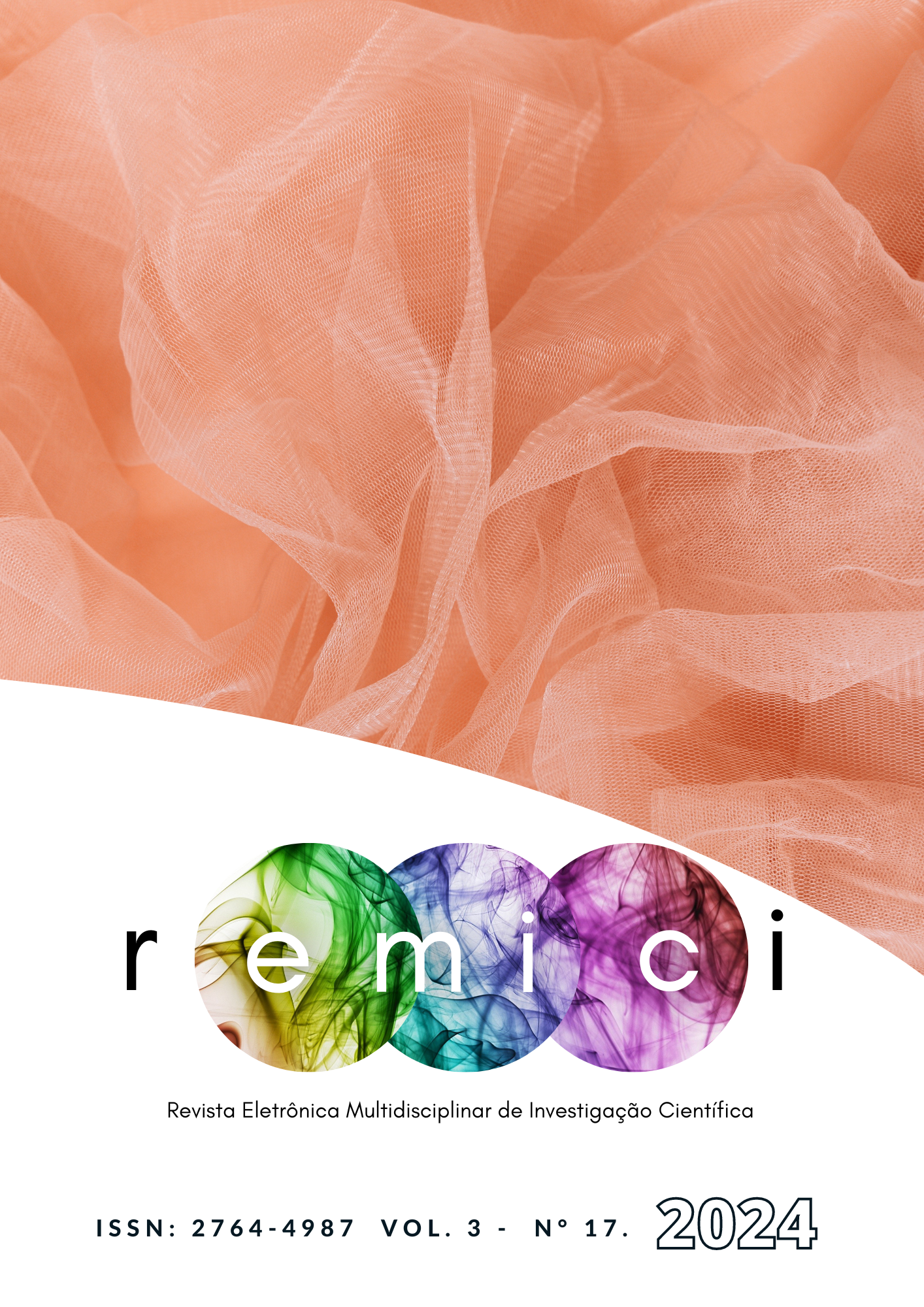THE SPECTRUM OF INTELLIGENCE: A NEUROSCIENTIFIC INVESTIGATION INTO GIFTEDNESS AND HIGH ABILITIES
Main Article Content
Abstract
The present article encompasses neurosciences, high abilities and giftedness. It aims to present a review that integrates areas that involve the neurosciences of behavior and cognition, and their contribution to the gifted, and may prove useful to educators in the field of high abilities and giftedness. The present study is justified by the fact that despite the aforementioned assistance to gifted students to be controversial and their identification is difficult, the Resolution nº 4 of Brazil (2009) establishes operational guidelines for the Educational Assistance Specialized in basic education, special education modality, which encompasses students with high abilities and giftedness. For the accomplishment of this work, the methodology used was the narrative revision. It is emphasized that an educator who ventures into the neurosciences and learns the cerebral functioning, begins to exercise his work in a more significant and efficient way, considering that it is possible to relate certain neuroscientific evidences with the theoretical-pedagogical bases.
Article Details

This work is licensed under a Creative Commons Attribution-NonCommercial-ShareAlike 4.0 International License.
References
ALMEIDA, L. S. et al. Intelligence assessment: Gardner multiple intelligence theory as an alternative. Learning and Individual Differences, v. 20, n. 3, p. 225-230, 2010. Disponível em: https://www.sciencedirect.com/science/article/abs/pii/S1041608009001162. Acessado em: Mar. 2024.
ANTIPOFF, D. Excepcionais e Talentosos, os Escolhidos. Belo Horizonte: Lastro, 1999.
BRASIL. Ministério da Educação. Diretrizes nacionais para a educação especial na educação básica. MEC; SEESP. 2001. Disponível em: http://portal.mec.gov.br/pet/192-secretarias-112877938/seesp-esducacao-especial-2091755988/12648-diretrizes-nacionais-para-a-educacao-especial-na-educacao-basica. Acessado em: Mar. 2024.
BRASIL. Ministério da Educação. Conceitos de Altas Habilidades/ Superdotação. Portal MEC - SEESP, 2007. Disponível em: http://www.fcee.sc.gov.br/index.php/informacoes/biblioteca-virtual/educacao-especial/naah-s/9-conceitos-de-altas-habilidades-superdotacao. Acessado em: Mar. 2024.
BRASIL. Conselho Nacional de Educação. Câmara de Educação Básica. Resolução nº4, de 2 de outubro de 2009. Institui Diretrizes Operacionais para o Atendimento Educacional Especializado na Educação Básica, modalidade Educação Especial. Brasília, DF, 2009. Disponível em: http://portal.mec.gov.br/dmdocuments/rceb004_09.pdf. Acessado em: Mar. 2024.
GAMA, M. C. S. S. As teorias de Gardner e de Sternberg na Educação de Superdotados. Revista Educação Especial, v. 27, n. 50, p. 665-673, 2014. Disponível em: https://periodicos.ufsm.br/educacaoespecial/article/view/14320. Acessado em: Mar. 2024.
GARDNER, H.; VERONESE, M. A. V. Inteligências múltiplas: a teoria na prática. Porto Alegre: Artes Médicas, 1995.
GUERRA, L. B.; COSENZA, R. M. Neurociência e Educação: como o cérebro aprende. Porto Alegre: Artmed, 2011.
KANDEL, E. et al. Princípios de Neurociências. 5ª ed. Porto Alegre: AMGH Editora, 2014.
LENT, R. Cem bilhões de neurônios: conceitos fundamentais de neurociência. São Paulo: Atheneu, 2004.
LUTZENBERGER, W. et al. Dimensional analysis of the human EEG and intelligence. Neuroscience Letters, v. 143, n. 1-2, p. 10-14, 1992. Disponível em: https://www.sciencedirect.com/science/article/abs/pii/030439409290221R. Acessado em: Mar. 2024.
MÄDER, M. J. Avaliação neuropsicológica: aspectos históricos e situação atual. Psicologia: Ciência e Profissão, v. 16, n. 3, 1996. Disponível em: https://www.scielo.br/j/pcp/a/3HbDmGVsn6WbXFVgFNX3JpQ/. Acessado em: Mar. 2024.
SOARES, A. M. I.; ARCO-VERDE, Y. F. de S.; BAIBICH, T. M. Superdotação identificação e opções de atendimento. Educar em Revista, v. 20, n. 23, p. 125-141, 2004. Disponível em: http://educa.fcc.org.br/scielo.php?pid=S0104-40602004000100008&script=sci_abstract. Acessado em: Mar. 2024.
RAMOS, G. P. Psicopedagogia: aparando arestas pela história. 2007. Disponível em: https://periodicos.ufn.edu.br/index.php/VIDYA/article/view/346. Acessado em: Mar. 2024.
RENZULLI, J. S.; REIS, S. M. The schoolwide enrichment model: A how-to guide for educational excellence (2ªed.). Mansfield Center, CT: Creative Learning Press, 1997.
SALLUM, A. M. C.; GARCIA, D. M.; SANCHES, M. Dor aguda e crônica: revisão narrativa da literatura. Acta Paulista de Enfermagem, v. 25, p. 150-154, 2012. Disponível em: http://www.redalyc.org/articulo.oa?id=307026828023. Acessado em: Mar. 2024.
SHEARER, C. B.; KARANIAN, J. M. The neuroscience of intelligence: Empirical support for the theory of multiple intelligences? Trends in Neuroscience and Education, v. 6, p. 211-223, 2017. Disponível em: https://www.sciencedirect.com/science/article/abs/pii/S2211949317300030. Acessado em: Mar. 2024.
SPECIALEDONTHEBELLCURVE. Assessment: Norms, Percentiles, Stanines, Grade Equivalents etc. 2012 Disponível em: https://specialedonthebellcurve.wordpress.com/2012/06/07/formal-assessment-the-wisc-intelligence-test/. Acessado em: Mar. 2024.
TYLER, L. E. Testes e medidas. Englewood Cliffs, N.J.: Prentice-Hall, 1966.

